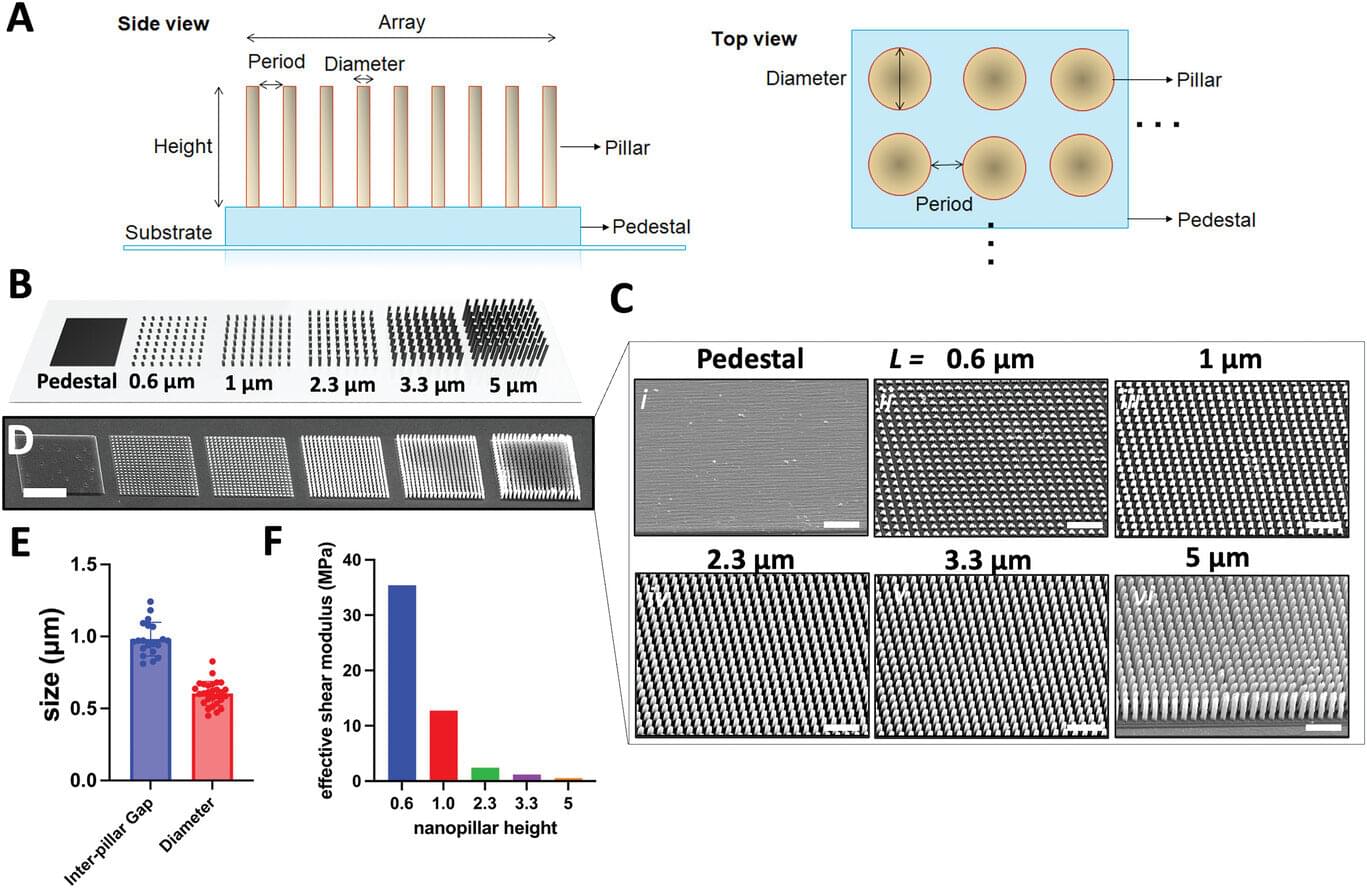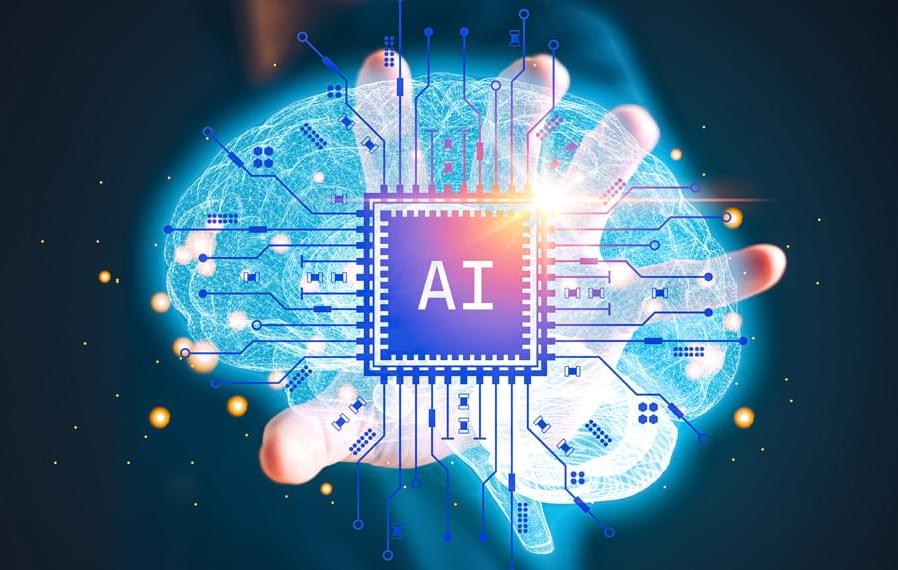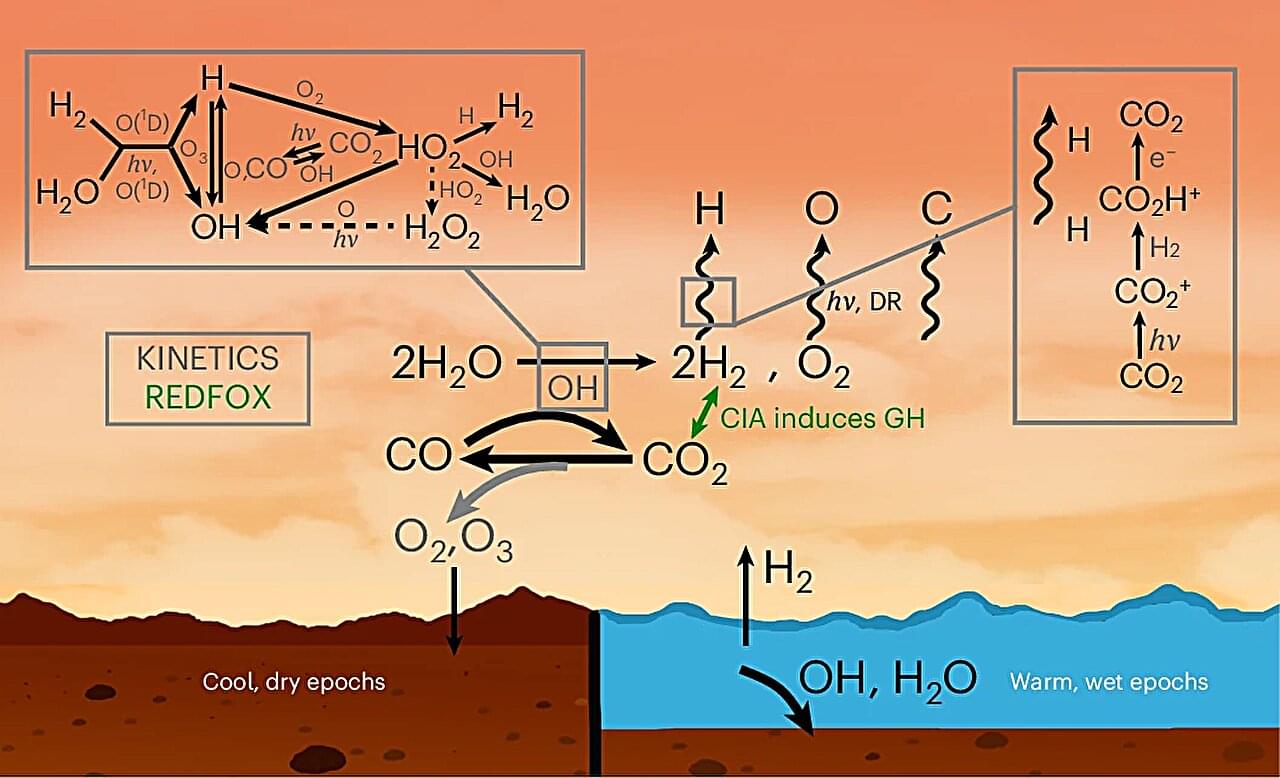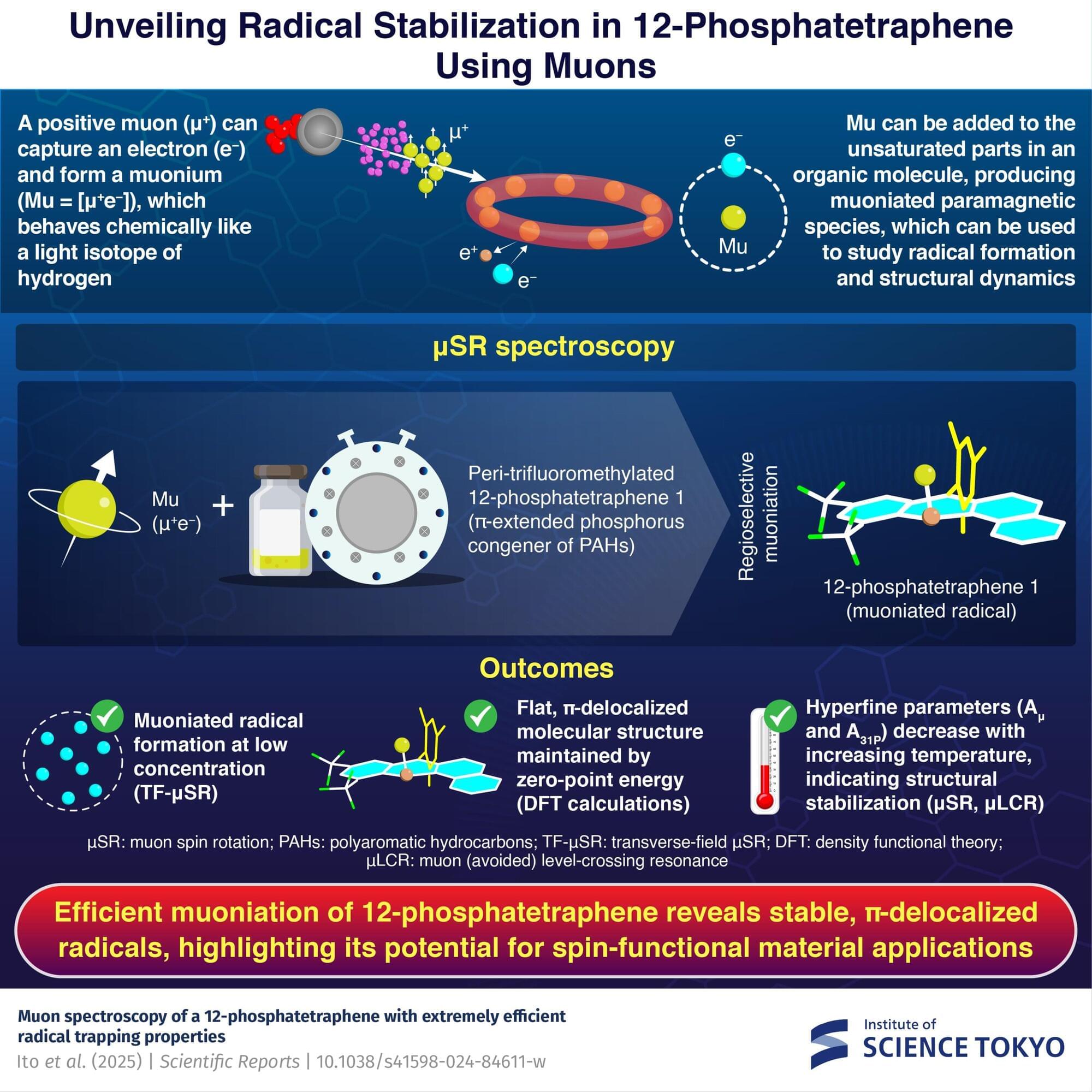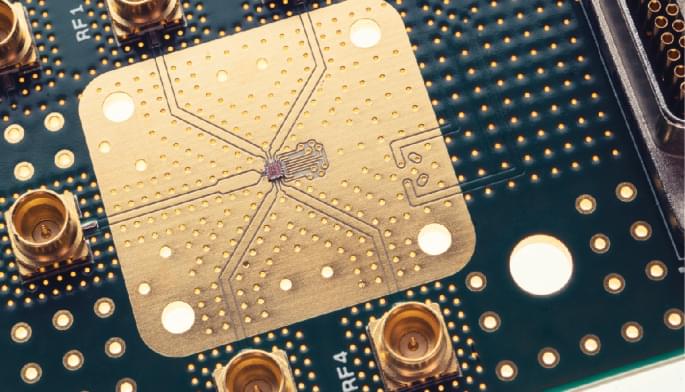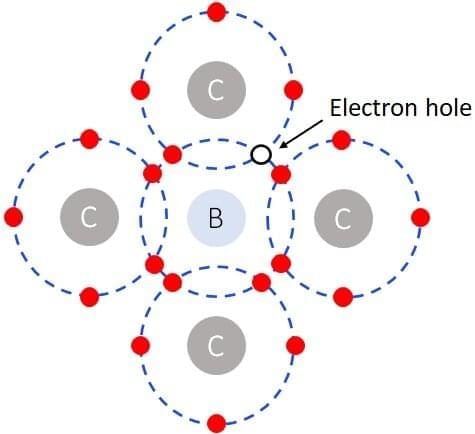Key cells in the brain, neurons, form networks by exchanging signals, enabling the brain to learn and adapt at incredible speed. Researchers at the Delft University of Technology in The Netherlands (TU Delft) have developed a 3D-printed brain-like environment where neurons grow similarly to a real brain.
Using tiny nanopillars, they mimic the soft neural tissue and the brain extracellular matrix fibers. This model provides new insights into how neurons form networks, as well as a novel tool to understand in future how this process may change in neurological disorders such as Alzheimer’s, Parkinson’s disease, and autism spectrum disorders.
The work is published in the journal Advanced Functional Materials.
